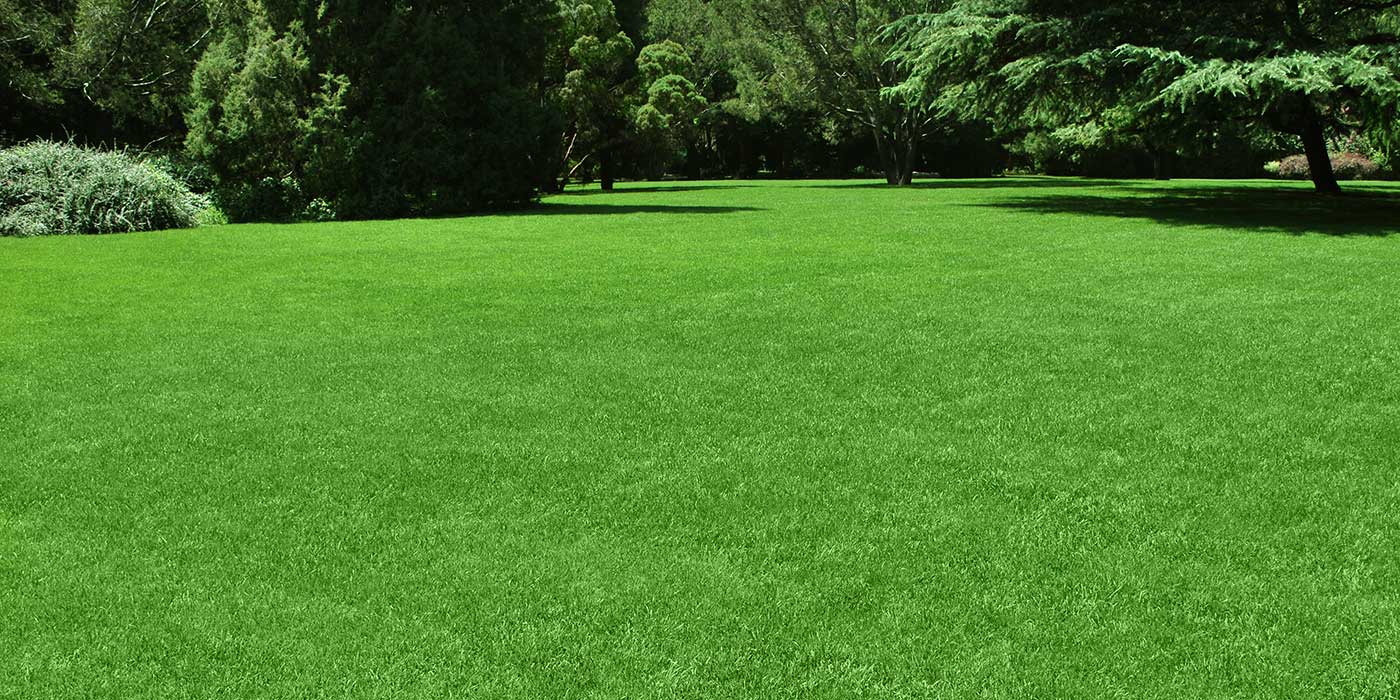A successful (green) lawn normally starts in the autumn and winter months, getting advanced of weeds and getting the correct mixture of nutrients in the soil. Starting in November, lower your mower height of a half-inch into an inch shorter than you usually do.
Make sure to bag any clippings to decrease the number of weed seeds that get left behind. Getting all of the thatch picked up will allow it to remain healthier during the chilly winter season. Whenever needed you can get the lawn service from paragonlawnandlandscape

Image source google
When spring returns, you'll be rewarded with fewer weeds and a healthy lawn right from the beginning.
A winter mulch will place potassium back into the soil, making it more resistant and fit during the dormant winter season. It's very important to have it fertilized until it stops growing in mid to late November, so make this a drop pattern.
When spring returns, you would like to begin with a higher nitrogen mixture. Aim to do your spring fertilizing in mid to late March or whenever temps go back to the mid 60? s. Then follow up with a different program every 8 weeks or so (every 2 months).
Over a year, the soil of your lawn may get packed down fairly well. The denser the dirt is packed, the harder it is for nutrients and water to penetrate to the roots.
Aerating a yard is simply using a tool to make little holes in the soil to enable the much-needed nutrients and water to get back to the root systems.
Grasses can not endure long in compacted soil. If you become aware of your lawn's soil becoming compacted, it's time to call a person to aerate.